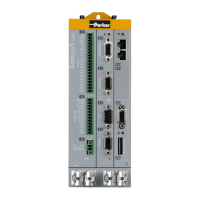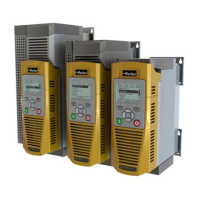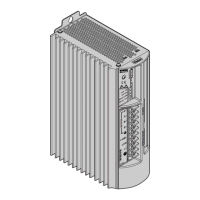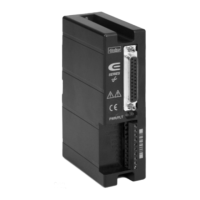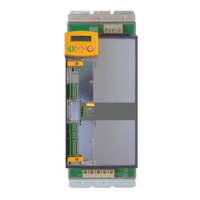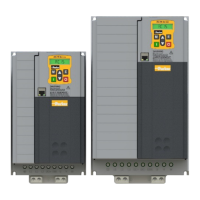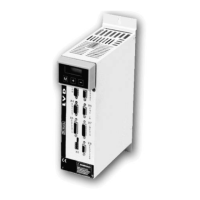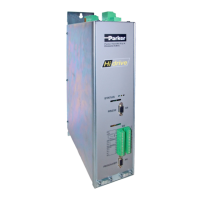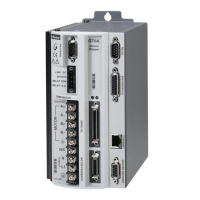Parker EME
Setting up Compax3
192-120114 N5 C3I22T11 June 2008 279
4.3.9.8 Basics of frequency response measurement
In this chapter you can read about:
Distinction between signals and systems ........................................................................ 279
Linear Systems (LTI System) .......................................................................................... 280
Mechanical system .......................................................................................................... 281
Resonance points and their causes
................................................................................. 282
In the drive and control technology, the display of signals and systems in the fre-
quency range is often the best possibility to solve different tasks.
Distinction between signals and systems
Defined objects and their interactions that can be combined to a whole by a plausi-
ble distinction from their environment (i.e. the complex reality) are called a system.
Example electric motor
This consists of a multitude of different components, but the function and the beha-
vior of a motor can be described as a whole without describing each individual
component and their interactions separately.
If the motor is energized, it will generate a torque at the motor shaft.
Electro
Motor
Current
Strom
Torque
Drehmoment
Input Eingangs
Signal
System
Ouput Ausgangs
Signal
Current is therefore a signal, which causes at the input of the system motor a
change of its output signal torque.
In order to register and process such signals in the controller, they are digitized and
read in withthe so-called scanning frequency (fA). Thus the physical signal was
converted into a finite sequence of numbers, which can be processed in the con-
troller.
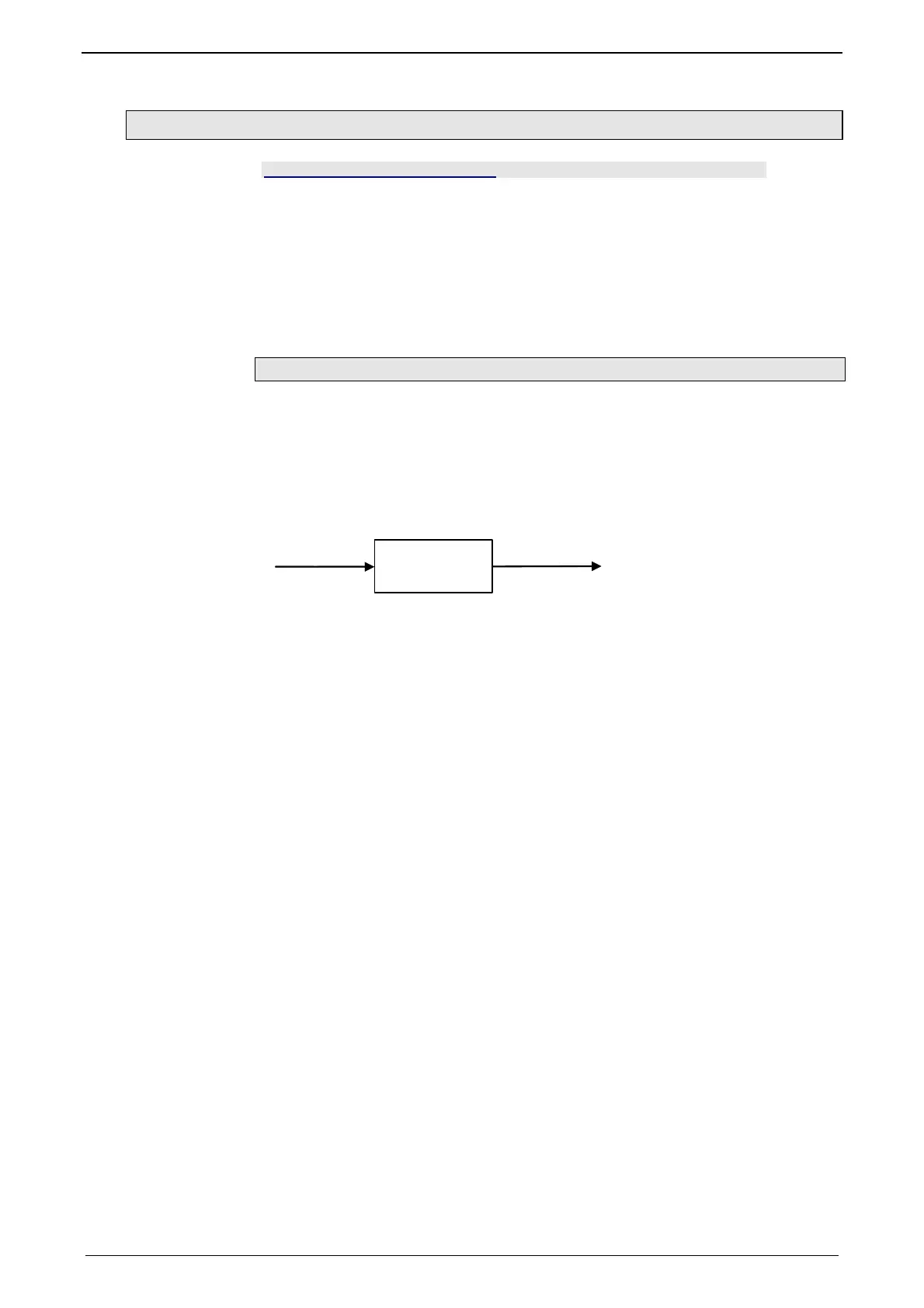